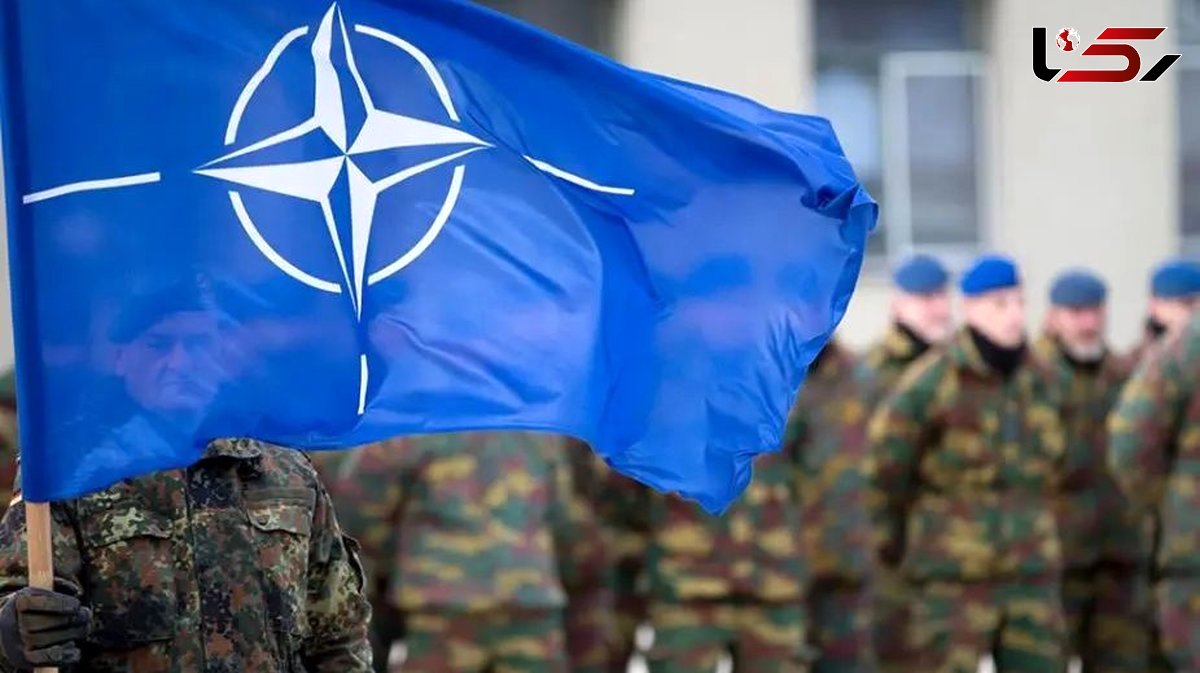Can NATO Recover from Its Downward Spiral?
Rokna Political Desk: Last month, it became painfully clear that NATO is far from prepared for a major war. When the expensive fighter jets of NATO member states were forced to scramble in order to shoot down a few low-cost drones that had entered NATO airspace, the alliance suffered a significant shock.


Serhiy Maidukov, Ukrainian author and analyst.
According to Al Jazeera, for decades, NATO has prepared itself for war with the belief that it holds absolute superiority over any adversary. Member states have invested heavily in advanced military technologies. Stealth fighters, precision-guided munitions, submarines, and large aircraft carriers have all projected an image of Western military dominance.
This image remained intact until recently. On October 10, during a major Russian air operation in Ukraine, more than 20 Russian drones entered Polish airspace. Poland, a NATO member, was forced to deploy multimillion-dollar equipment such as F-16 and F-35 fighter jets, military helicopters, and Patriot surface-to-air missiles to neutralize the potential threats. Among the drones shot down were three Shahed drones and several other inexpensive Russian UAVs.
This Polish interception was not only costly but also undermined the long-held narrative of Western military superiority. It demonstrated that trillions of dollars invested by Western nations in military-industrial complexes and advanced weapons cannot fully protect their borders against a handful of inexpensive drones.
In the following days, unidentified drones were intercepted over airports in Norway, Denmark, and Germany, causing millions of euros in damages. In Belgium, some drones even approached a military base. European media have been flooded with reports on unidentified drones, air defense systems, and speculation that Russia may be behind these attacks. Whether in Romania, Poland, the Baltic states, or across the EU, Europeans struggle to feel genuinely secure.
The scale and potential chaos of a full-scale Russian attack is deeply concerning. How many European countries would respond under NATO’s Article 5, which commits members to collective action against an attack on any member state? How quickly would NATO actors respond to a hostile foreign power? The central question remains: can NATO and its advanced weaponry effectively repel external attacks, particularly from Russia?
The war in Ukraine has already offered a negative answer. Russian forces, when facing modern threats, often do not act conventionally, complicating interception efforts. They scatter ammunition in small amounts and advance at night with tanks and artillery, making tracking difficult.
Europe must ask itself whether it is ready for such a conflict. Can NATO soldiers endure weeks without reliable communications, risking exposure of their positions and other operational details? A Gallup survey offers a stark perspective: Europeans are far from prepared for a major war. In Poland, 45 percent of respondents said they would voluntarily defend their country in a conflict. In Spain, the number was 29 percent, while in Germany and Italy, it stood at 23 and 14 percent, respectively. The EU-wide average was only 32 percent.
Nearly three years into the Ukraine war, Ukrainian forces continue to suffer from equipment and personnel shortages. Mandatory conscription has become widely unpopular, and many seek to avoid service. Even with Western military and financial aid, Ukraine faces significant challenges in maintaining frontlines and executing targeted operations.
Currently, NATO’s European allied forces total approximately 1.47 million personnel, including British troops. While significant, this number pales compared to Ukraine’s roughly 800,000 troops, who have been engaged for nearly three years against 600,000 Russian soldiers along a roughly 1,000-kilometer front, gradually falling back under pressure.
Beyond numbers, a critical question remains: in the event of a NATO-Russia confrontation, how many countries would deploy troops to the Eastern front? Would Eastern European NATO members be left to defend themselves, merely receiving weapons from Western allies? Could this create divisions within NATO and even sow the seeds of the alliance’s collapse?
Europe has only two paths to achieve even minimal security: massively invest in military capabilities or end the Ukraine war by providing substantial financial and military support to Ukraine. President Volodymyr Zelensky has stated that Ukraine requires $60 billion annually to counter Russian forces. While a heavy burden for the West, it remains modest compared to the human and territorial costs Ukraine has already suffered.
While Europe debates, Ukraine fights. Every day the war continues, the risk of its spillover into Western Europe grows. The time for decisive action is now.
Send Comments